Among the most famous grapes in the world, Cabernet Sauvignon sometimes recalls expensive bottles sold in steakhouses, admired as much for the luxury they represent as the quality of the wine in the bottle. But Cab Sauv, as it’s lovingly called, can also be affordable, exciting, and drinkable. We asked nine sommeliers for their recommendations for affordable, delicious bottles of Cabernet Sauvignon — here’s what they said.
The Cabernet Sauvignons That Offer the Best Bang for Your Buck
- Whitehall Lane Winery Tre Leoni
- Hedges Family Wines Cabernet Sauvignon
- J. Bookwalter Readers Cabernet Sauvignon
- Chateau Ste. Michelle Cabernet Sauvignon
- 2013 Cain Vineyard & Winery Cain Concept The Benchland
- Cuvelier Los Andes Cabernet Sauvignon
- Philip Togni Vineyard Tanbark Hill Cabernet Sauvignon
- Bodegas Caro ‘Amancaya’ Gran Reserva Malbec – Cabernet Sauvignon
- Domus Aurea 2014 Alba de Domus Cabernet Sauvignon (Maipo Valley)
- Niner Wine Estates Cabernet Sauvignon
- Mary Taylor ‘Pascal Biotteau’ Anjou Rouge
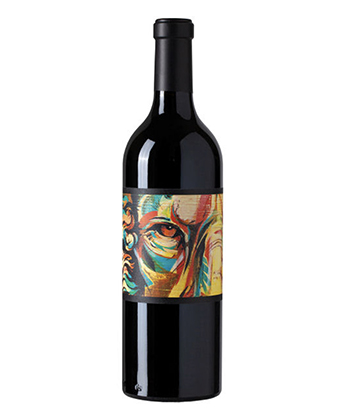
“It’s hard to find a great Napa Cabernet under $40, but Tre Leoni by Whitehall Lane Winery is great. It’s about $25 to $30 and a steal from the iconic winery. It has an amazing structure like one would want from Napa without the hefty price tag.” —Amy Racine, beverage director, North Fork Table & Inn, Southold, N.Y.
Don’t Miss A Drop
Get the latest in beer, wine, and cocktail culture sent straight to your inbox.
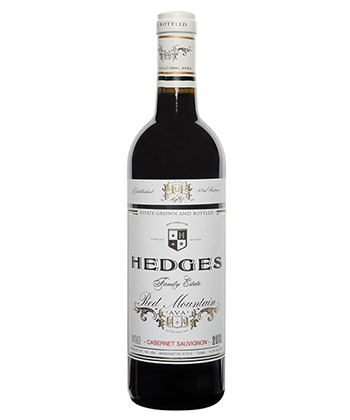
“I’m often asked what the best wine value is in local supermarkets, and my normal response is Cabernet Sauvignon from Washington State. Look for labels from Hedges, J. Bookwalter, and even Chateau Ste. Michelle to really overdeliver for the price.” —Kevin Bratt, divisional beverage director, Joe’s Seafood, Prime Steak & Stone Crab, Chicago
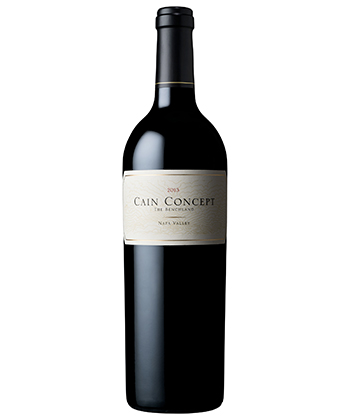
“In a world full of bombastic Cabernet, I have to give a nod to the 2013 Cain Concept from Napa Valley. A thoughtful wine sourced from lower-elevation fruit sources, fermented with native yeast, a more judicious use of new oak, then aged for the long hall in cellar. The ripeness of lower-elevation fruit syncs perfectly with the secondary notes now highlighted from aging — a completely breathtaking wine that overachieves in its price point time and time again.” —Sam Bogue, wine director, Flour + Water Hospitality Group
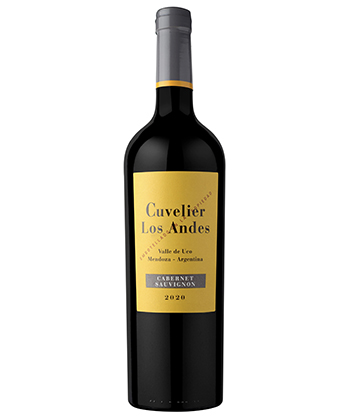
“For Cabernet, it is essential to get out of the regions most associated with its quality. Ignore iconic regions like Napa and Bordeaux and look for places where the wineries won’t have to include the cost of their address into their wines. My personal favorite comes from Argentina, by Cuvelier los Andes, who is coincidentally owned by a renowned Bordeaux family. The wine certainly tastes, but doesn’t cost, like their expertise was involved in its production.” —Richard Hanauer, partner and wine director, RPM Restaurants, Chicago, Washington D.C., Las Vegas
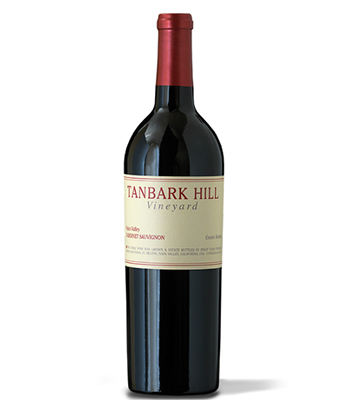
“Philip Togni’s Tanbark Hill from Spring Mountain Napa Valley is always an exceptional wine for the Napa perspective with the freshness of high-mountain fruit. For a cheaper cost with still some serious character, Bodegas Caro’s Amancaya Cabernet/Malbec blend from Mendoza, Argentina delivers for under $30.” —John Mckenna, beverage director, l’abeille, NYC
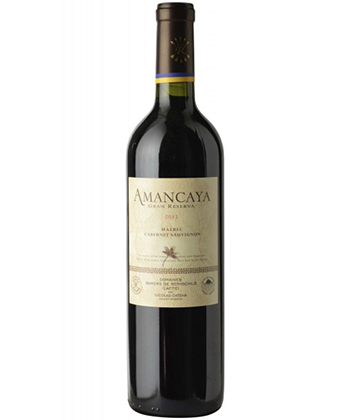
“For those who love drinking California Cabs but don’t want to break the bank, the next best thing can be found in Argentina. While Argentina is mostly known for Malbec, many producers have started growing more Cabernet Sauvignon, having successfully been able to sell these to the United States. A great example is Susana Balbo, famous winemaker from Mendoza who gained fame with Malbec, but her signature series Cabernet Sauvignon, usually found for around $20, could fool any California wine drinker.” —Nick Baitzel, director of operations, Sojourn Restaurants, Philadelphia
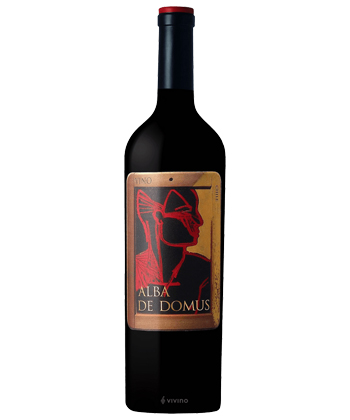
“Domus Aurea ‘Alba de Domus’ Maipo Valley, Chile. Chile has always been my go-to for great value wines in general. This particular wine has been a staple for dinner parties when I’m trying to impress but without hurting my budget. At about $25 to $35 a bottle retail, this wine delivers what Cabernet Sauvignon lovers are looking for: full bodied, rich, black fruits, spice, savory notes, structured tannins, and a long, pleasant finish. I usually serve this wine with bold and fatty dishes. It also pairs well with charcuterie, cheese, and chocolate cake!” —Irene Justiniani, sommelier, Pastis, New York
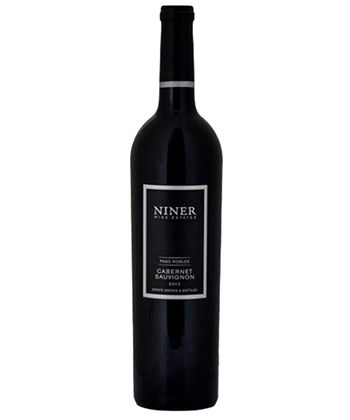
“Niner Wine Estates Cabernet Sauvignon Estate Grown Paso Robles (2018) is my favorite Cabernet Sauvignon these days. It’s the best bang for your buck when it comes to California Cabs. The winemaker was trained by a French winemaker, and the wine is made in French style with the addition of Petit Verdot and Cabernet Franc grapes. Aged in French oak barrels for 21 months. Also, I’m a big fan of this winery as they are the first SIP- (Sustainability in Practice) certified winery in the U.S. as well as they are the leaders in sustainability. I have so much appreciation for their hard work for the environment.” —Ferit Ozergul, bar manager, Cranes, Washington, D.C.
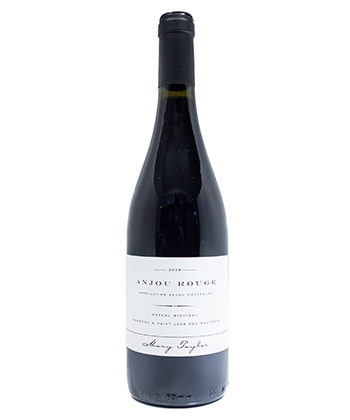
“Mary Taylor’s Anjou Rouge, a blend of Cabernet Franc and Cabernet Sauvignon from Anjou, comes to mind when I think about Cabernet Sauvignon. The thing I love about wines under the Mary Taylor label, besides their focus on biodiversity, organic farming practices, and minimal-intervention winemaking, is that their wines don’t see oak, so you get fruit-forward, bright wines that, once decanted, are delicious young. The Anjou Rouge is an excellent example of this with a fruity and floral nose and beautiful dark berry, soil, and tobacco notes.” —Sarah Myers, service manager, Middle Child Clubhouse, Philadelphia


